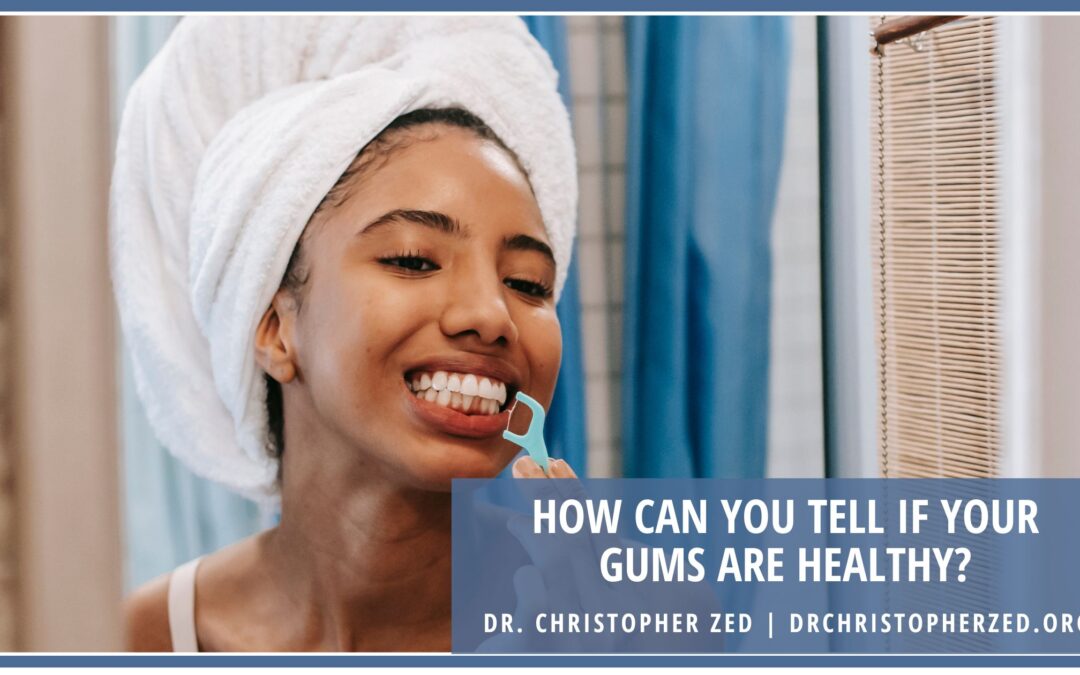Gum health is an essential component of overall oral health. However, many people struggle with gum disease and other gum-related issues, which can seriously affect their oral health. Here’s how to tell if you have healthy gums and how to keep your gums healthy:
Signs of Healthy Gums
Healthy gums are firm and pink and do not bleed when brushed or flossed. They should fit snugly around your teeth, forming a tight seal that helps to protect your teeth and prevent infection. Additionally, healthy gums should not be sensitive or painful and should not have any visible signs of inflammation or swelling.
Signs of Unhealthy Gums
Unhealthy gums can be a sign of gum disease, a common oral health issue affecting many people. Gum disease can cause a range of symptoms, including:
Redness and Swelling
One of the most common signs of unhealthy gums is redness and swelling. If your gums are red or swollen, it may be a sign that they are inflamed and that you have gum disease.
Bleeding
Another common sign of gum disease is bleeding gums. A sign that gums are infected and that you need to seek treatment include bleeding during brushing or flossing your teeth.
Receding Gums
Gum disease can cause your gums to recede or pull away from your teeth. This can expose the roots of your teeth and make them more vulnerable to decay and other oral health issues.
Bad Breath
Another sign of unhealthy gums is if you have chronic bad breath. The same bacteria that causes gum disease can also cause bad breath, which can be challenging to treat without addressing the underlying issue.
Loose Teeth
Advanced gum disease can cause your teeth to become loose or shift out of place. If you notice any changes in the position or stability of your teeth, it may be a sign that you have gum disease and need to seek treatment.
How to Keep Your Gums Healthy
Below are a few helpful tips for keeping your teeth and your gums in the best shape possible:
Brush and Floss Regularly
One of the most important ways to keep your gums healthy is to brush and floss regularly. Always brush your teeth twice a day and floss at least once a day to help remove plaque and bacteria that can lead to gum disease and other oral health issues.
Soft-Bristled Brush
When brushing your teeth, it is essential to use a soft-bristled brush, as hard-bristled brushes can damage your gums and tooth enamel. Also, brush gently and use circular motions, rather than scrubbing back and forth, which can damage your gums.
Antibacterial Mouthwash
An antibacterial mouthwash can help to kill bacteria and prevent gum disease. Look for a mouthwash containing chlorhexidine, a powerful antibacterial agent that can help keep your gums healthy.
Eat a Healthy Diet
A healthy diet can also assist in keeping your gums healthy. Avoid sugary and acidic foods, which can contribute to tooth decay and gum disease, and focus on eating a balanced diet that includes plenty of fruits, vegetables, and whole grains.
Quit Smoking
Smoking is a significant risk factor for gum disease and can also contribute to other oral health issues, such as tooth decay and oral cancer. If you smoke, quitting can help to improve your gum health and overall oral health.
Visit Your Dentist Regularly
To maintain healthy gums, it’s crucial to have regular dental checkups and cleanings. During these appointments, your dentist can examine your gums for signs of inflammation or disease and provide treatments and recommendations to help keep your gums healthy.
Healthy gums are a crucial component of overall oral health. By brushing and flossing regularly, using a soft-bristled brush, using an antibacterial mouthwash, eating a healthy diet, quitting smoking, and visiting your dentist regularly, you can help to keep your gums healthy and prevent gum disease and other oral health issues. If you are experiencing any signs of gum disease, such as bleeding or swollen gums, it is essential to see your dentist immediately to prevent further damage and maintain the health of your gums.

